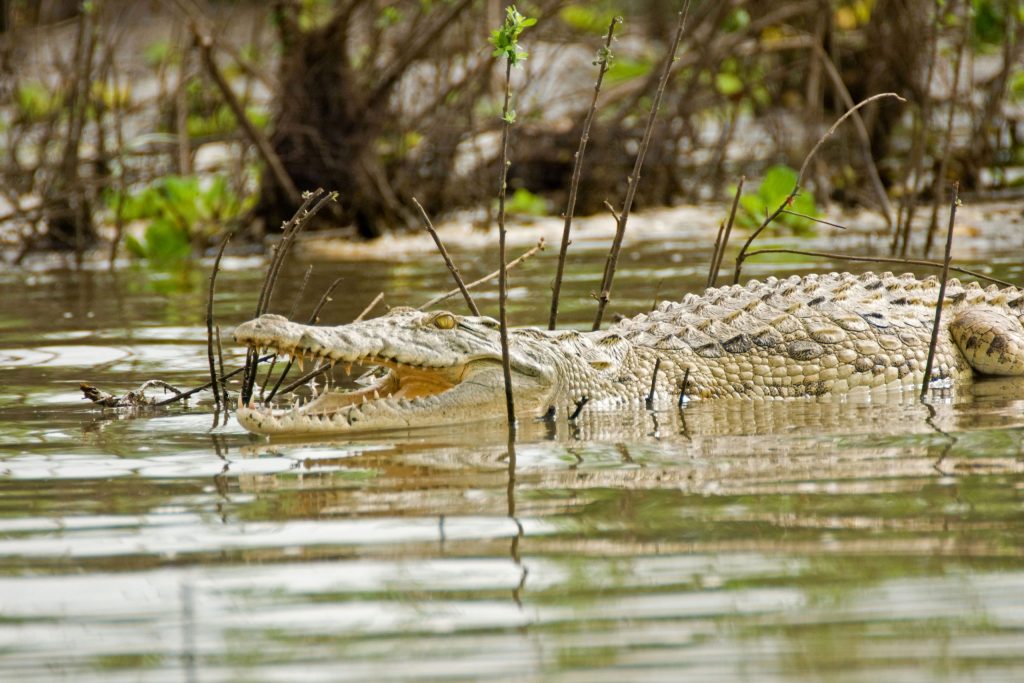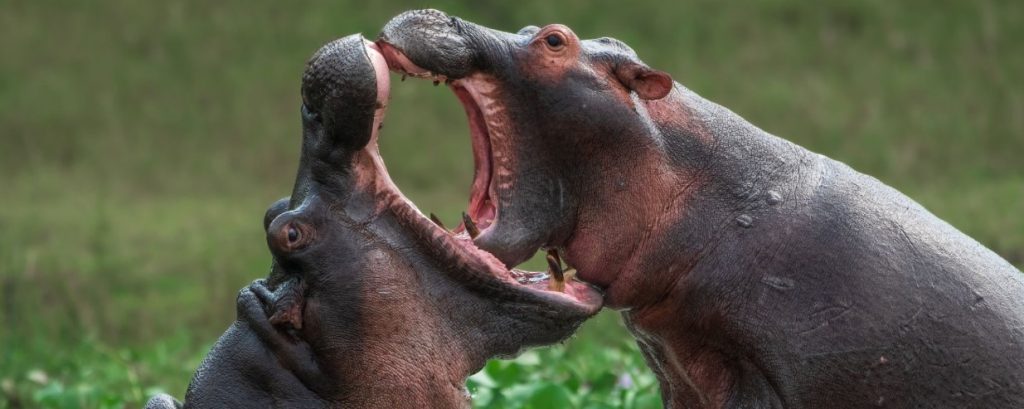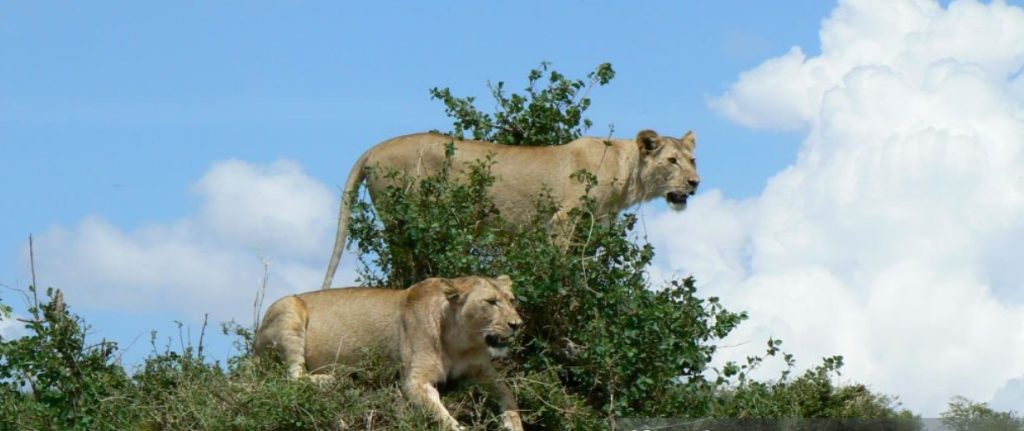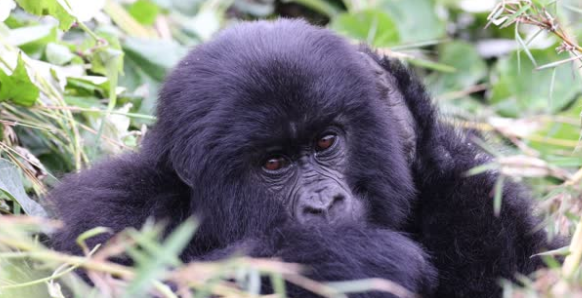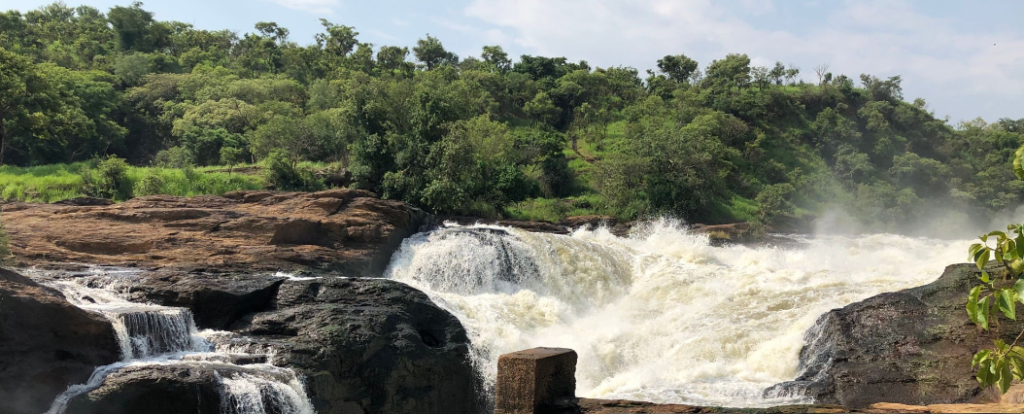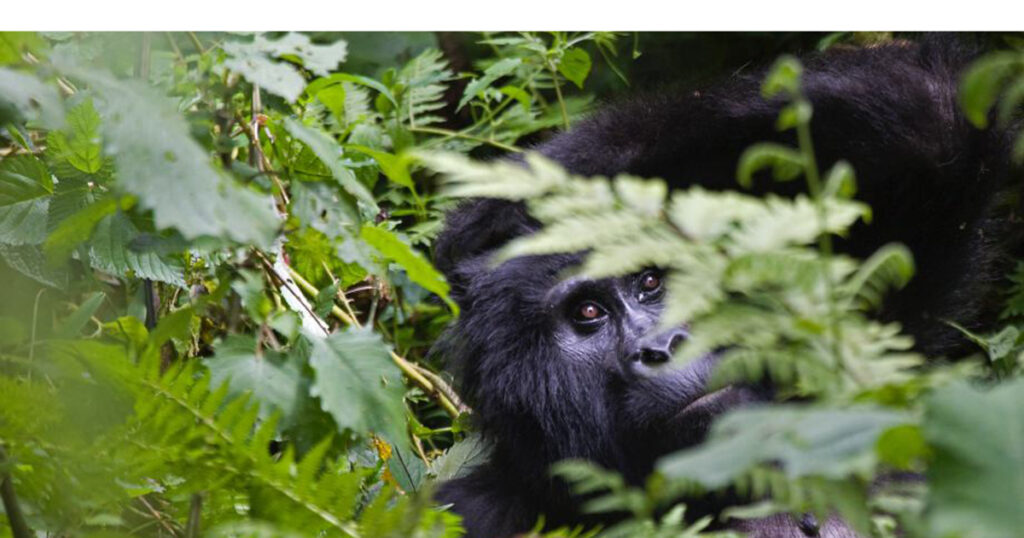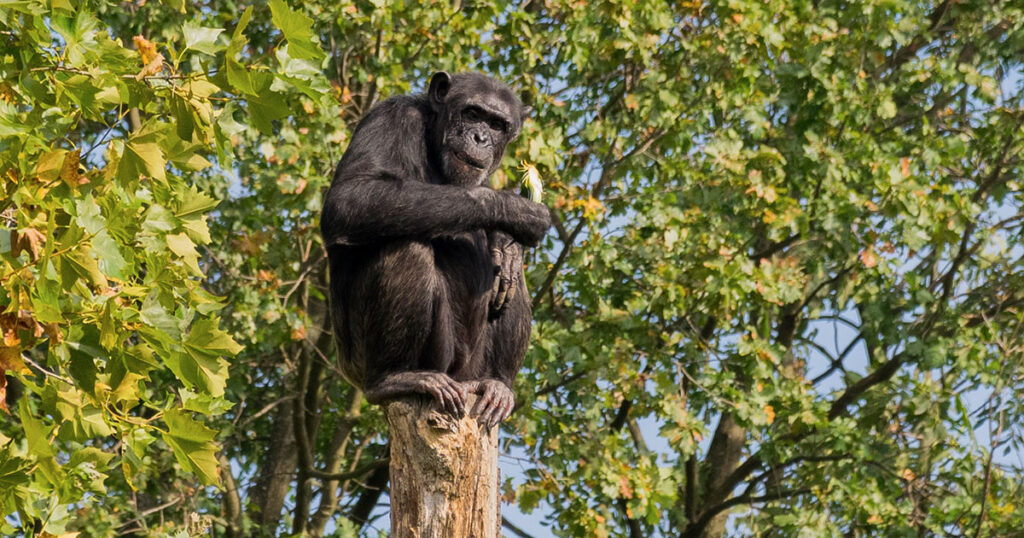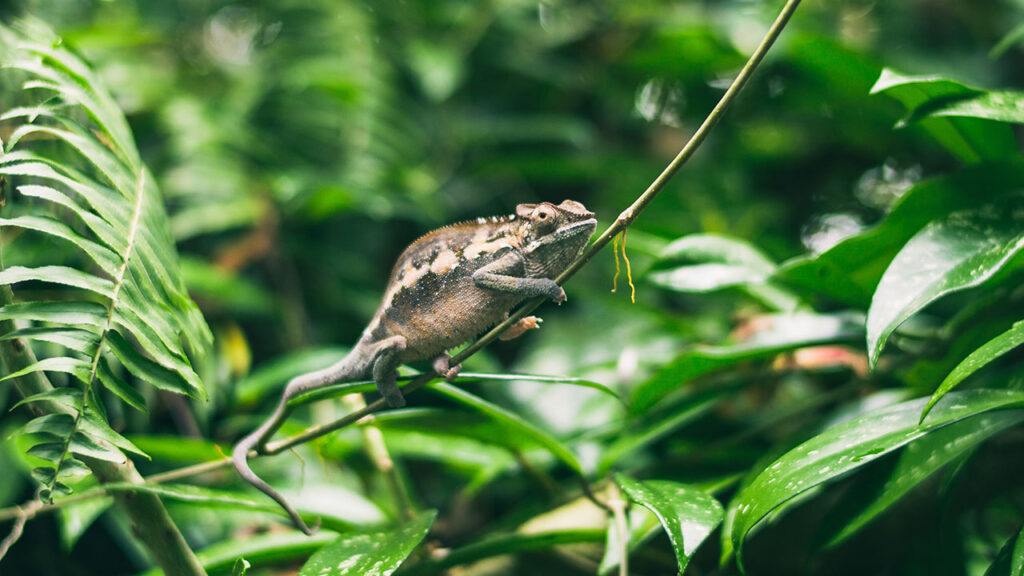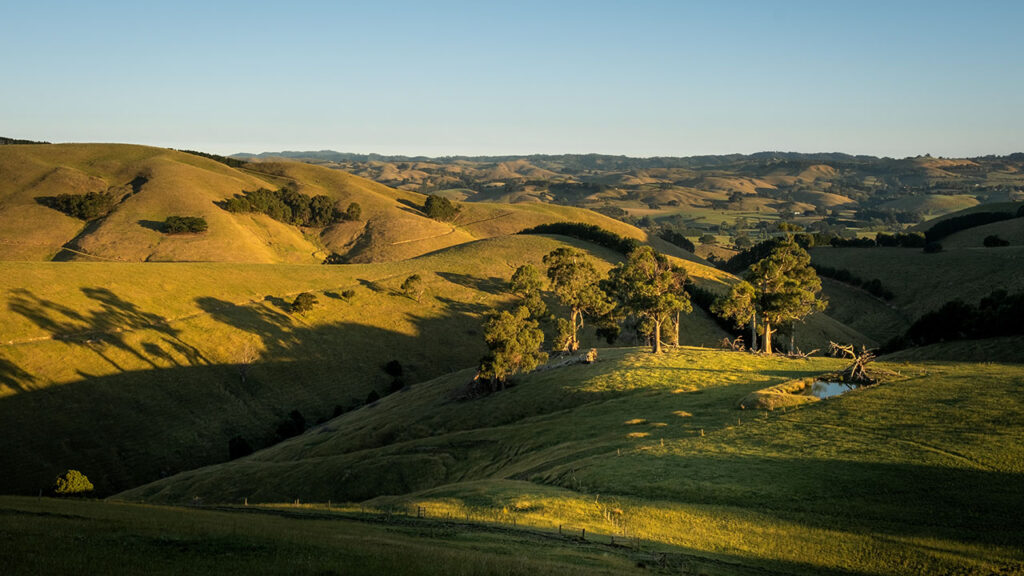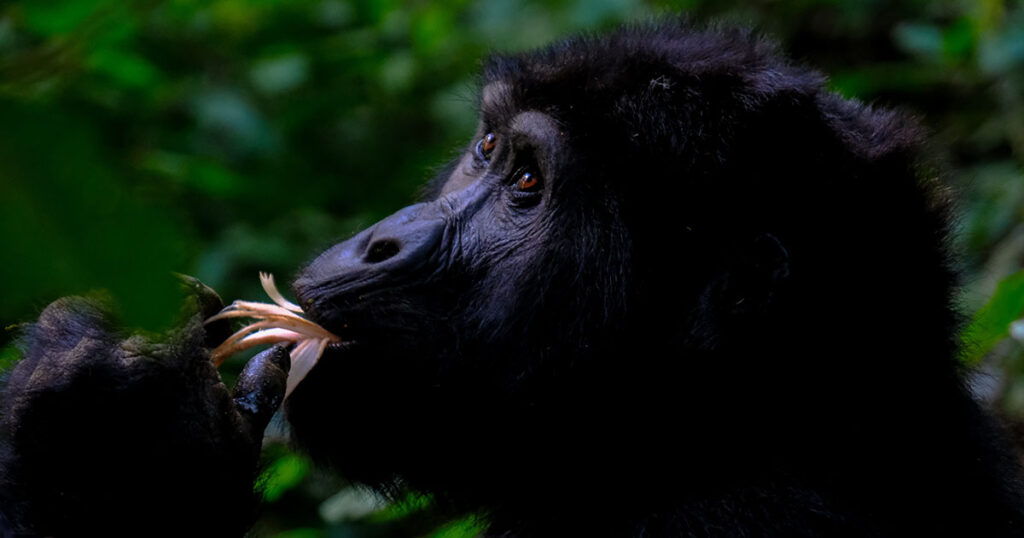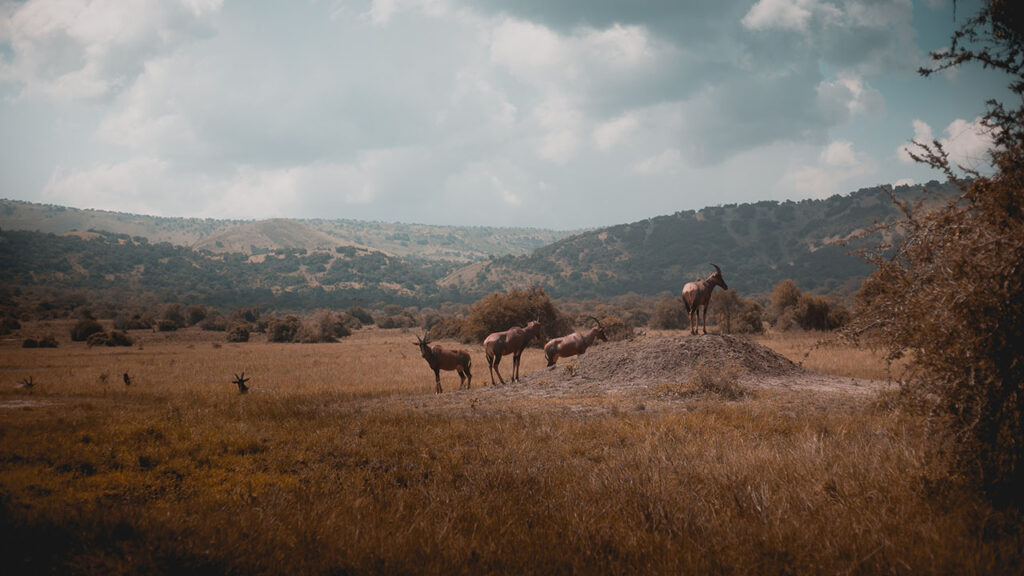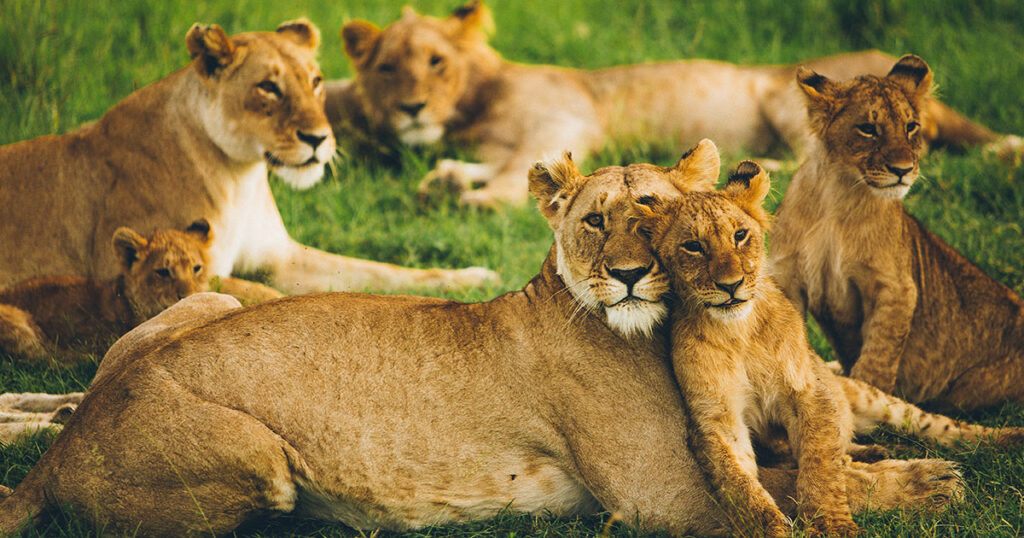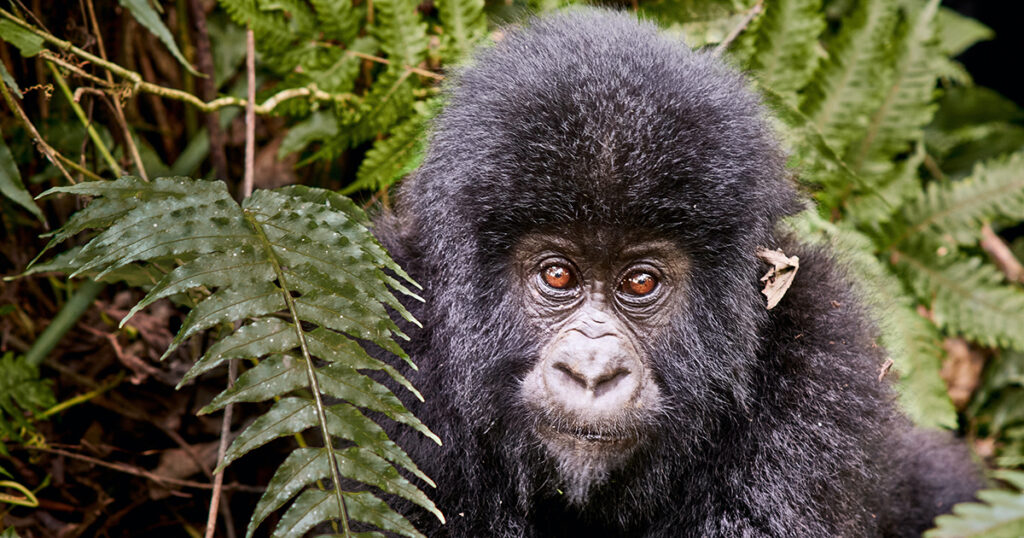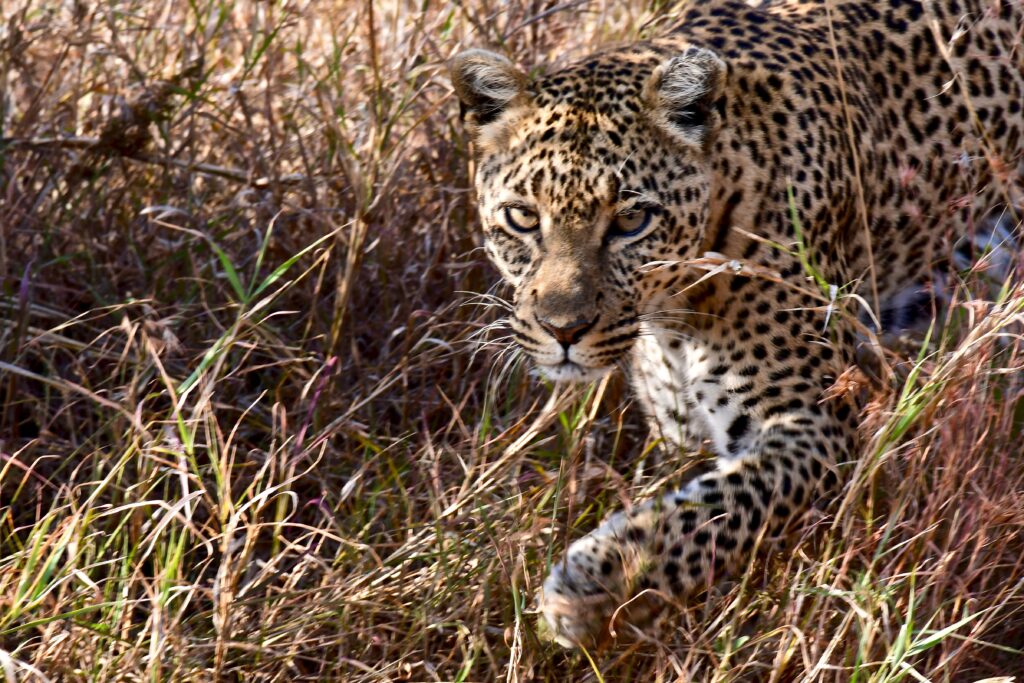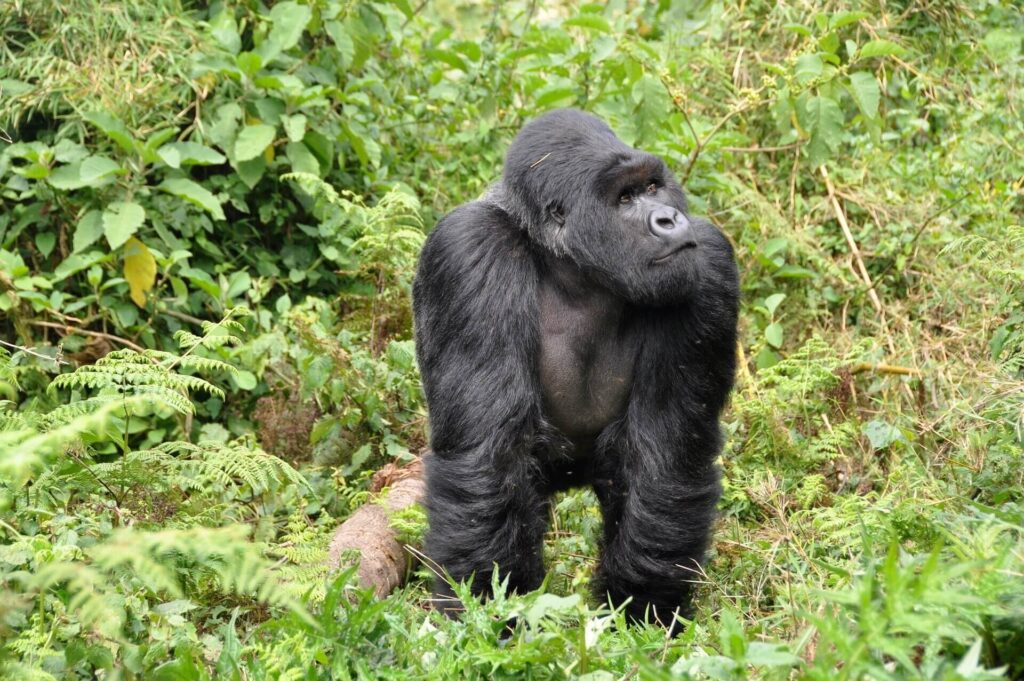[bt_bb_section layout=”boxed_1200″ lazy_load=”yes” show_video_on_mobile=””][bt_bb_row][bt_bb_column order=”0″ lazy_load=”yes” width=”1/1″ width_lg=”1/1″ width_md=”1/1″ width_sm=”1/1″ width_xs=”1/1″][bt_bb_text]
Amboseli National Park, located in southern Kenya, is a renowned wildlife sanctuary and one of the most popular tourist destinations in East Africa. Spanning over 150 square miles, the park is situated at the foot of Mount Kilimanjaro, Africa’s highest peak, providing a stunning backdrop to the diverse wildlife and breathtaking landscapes. Let’s delve into the various aspects of Amboseli National Park, highlighting its key features and attractions.
- Wildlife: Amboseli National Park is home to an impressive array of wildlife, making it a paradise for nature enthusiasts and wildlife photographers. The park is renowned for its large elephant herds, which traverse the open plains against the backdrop of Mount Kilimanjaro. Other iconic animals found here include lions, cheetahs, giraffes, zebras, wildebeests, hyenas, and numerous bird species. Visitors can witness thrilling interactions between predator and prey, capturing the essence of the African savannah.
- Scenic Landscapes: The stunning landscapes of Amboseli National Park add to its allure. The park showcases a diverse range of habitats, from vast savannah plains to acacia woodlands, marshes, and swamps. The centerpiece is undoubtedly the majestic Mount Kilimanjaro, often shrouded in clouds and offering breathtaking views. The contrasting scenery creates a dramatic setting for wildlife encounters, creating unforgettable experiences for visitors.
- Cultural Heritage: The Maasai people, known for their rich cultural traditions and close connection to the land, inhabit the area surrounding Amboseli National Park. Engaging with the Maasai community provides visitors with a unique opportunity to learn about their ancient customs, traditional dances, and pastoral way of life. Cultural tours and visits to Maasai villages allow tourists to gain insight into the local traditions and contribute to the community’s sustainable development.
- Birdwatching: Amboseli National Park is a haven for bird enthusiasts, boasting over 400 bird species. The park’s diverse habitats attract both resident and migratory birds, making it an ideal destination for birdwatching. Flamingos, pelicans, eagles, vultures, herons, and various waterfowl are among the many bird species that can be spotted here. The swamps and marshes provide excellent feeding grounds, making Amboseli a birdwatcher’s paradise.
- Conservation Efforts: Amboseli National Park plays a vital role in wildlife conservation and habitat preservation. The park actively supports research and initiatives aimed at protecting the delicate ecosystems and maintaining a healthy wildlife population. Efforts are made to minimize human-wildlife conflicts, promote sustainable tourism practices, and ensure the long-term survival of endangered species like elephants and rhinos. Visitors to Amboseli can contribute to these conservation efforts by respecting park regulations and supporting responsible tourism practices.
- Mount Kilimanjaro Climbing: While Amboseli National Park is not the main starting point for Mount Kilimanjaro expeditions, its proximity to the mountain makes it a popular base for trekkers. Adventure enthusiasts can embark on multi-day hikes to conquer the majestic peak, accompanied by experienced guides and porters. The awe-inspiring views from the summit, as well as the sense of accomplishment, make Mount Kilimanjaro climbing an unforgettable adventure for those seeking a challenge.
- Photography Opportunities: The captivating landscapes, abundant wildlife, and dramatic sunrises and sunsets of Amboseli National Park provide incredible photography opportunities. Whether you’re an amateur or professional photographer, the park offers a myriad of subjects to capture in their natural habitats. From elephants against the backdrop of Kilimanjaro to colorful bird species perched on acacia trees, every corner of Amboseli is a potential frame-worthy shot.
- Night Game Drives: For a unique and thrilling experience, night game drives are available in Amboseli National Park. Accompanied by expert guides and armed rangers, visitors can explore the park after dark and witness the nocturnal activities of the wildlife. Night drives offer a chance to spot elusive predators like leopards and hyenas, as well as witness the fascinating behaviors of animals that are active during the night.
- Walking Safaris: For a more intimate and immersive experience, walking safaris are offered within Amboseli National Park. Led by professional guides, these safaris provide an opportunity to explore the park on foot, allowing for a deeper connection with nature and a chance to observe the smaller details of the ecosystem. Walking safaris offer a different perspective and enhance the overall safari experience.
- Picnic Sites and Sundowners: Amboseli National Park features designated picnic sites where visitors can take a break from game drives and enjoy a meal amidst nature. These tranquil spots offer a chance to relax, soak in the surroundings, and savor a picnic lunch while listening to the sounds of the wilderness. Additionally, sundowner experiences are available, allowing guests to enjoy refreshing beverages while watching the sun dip below the horizon, painting the sky with vibrant hues.
- Research and Conservation Centers: Amboseli National Park is home to research and conservation centers dedicated to studying and protecting the local ecosystem. These centers provide valuable insights into ongoing conservation efforts, and visitors can learn about the latest research, anti-poaching initiatives, and community engagement programs. Educational tours and talks are often available, offering a deeper understanding of the challenges and successes in preserving Amboseli’s natural heritage.
- Camps and Lodges: To enhance the safari experience, Amboseli National Park offers a range of camps and lodges that cater to different preferences and budgets. From luxury tented camps with all-inclusive amenities to more rustic options that embrace the spirit of the wilderness, there are accommodation options to suit every traveler. Staying within the park allows for immersive experiences and early morning game drives before the crowds arrive.
- Nature Walks and Birding: Apart from game drives, Amboseli National Park provides opportunities for nature walks, allowing visitors to explore the park on foot accompanied by armed guides. Nature walks offer a chance to appreciate the smaller details of the ecosystem, such as plant life, insects, and tracks left by animals. Additionally, birding enthusiasts will be delighted by the diverse avian species that can be spotted while exploring the park’s varied habitats.
- Conservation Talks and Workshops: Amboseli National Park organizes conservation talks and workshops to raise awareness about the challenges faced by wildlife and ecosystems. These educational sessions provide insights into conservation strategies, sustainable tourism practices, and the importance of community involvement. Visitors can participate in these talks and workshops to deepen their understanding of conservation issues and contribute to the preservation of Amboseli’s natural treasures.
- Accessibility: Amboseli National Park is easily accessible, with well-maintained roads connecting it to major cities and towns in Kenya. The park can be reached by road from Nairobi, which is approximately 150 miles away. Alternatively, there are domestic flights available to Amboseli’s airstrip, allowing for quicker access to the park for those with limited time or preferring to fly.
- Climate and Best Time to Visit: Amboseli National Park experiences a semi-arid climate with hot and dry conditions for most of the year. The park’s proximity to Mount Kilimanjaro results in cooler temperatures compared to other regions in Kenya. The best time to visit Amboseli is during the dry season, which typically spans from July to October and January to February. During this time, wildlife congregates around water sources, and the clear skies offer excellent visibility of Mount Kilimanjaro.
- Community-Based Tourism: Amboseli National Park recognizes the importance of community involvement in sustainable tourism. Several community-based initiatives have been established, aiming to improve the livelihoods of local communities while conserving natural resources. Visitors can support these initiatives by engaging in cultural exchanges, purchasing locally made crafts, or staying in community-owned lodges, ensuring that tourism benefits both the wildlife and the people living around the park.
- Nearby Attractions: While Amboseli National Park is a destination in itself, there are other attractions in the vicinity that visitors can explore. These include other national parks and reserves, such as Tsavo National Park and Chyulu Hills National Park, which offer different landscapes and wildlife experiences. Additionally, the nearby town of Loitokitok provides a glimpse into rural Kenyan life, with markets, local shops, and opportunities to interact with the local community.
- Responsible Tourism: Amboseli National Park encourages responsible tourism practices to ensure the long-term sustainability of the park and its surroundings. Visitors are encouraged to follow park rules and regulations, respect the wildlife and their habitats, and support local conservation initiatives. By practicing responsible tourism, visitors can contribute to the preservation of Amboseli’s natural beauty and help protect the incredible biodiversity it harbors.
[/bt_bb_text][/bt_bb_column][/bt_bb_row][/bt_bb_section]
